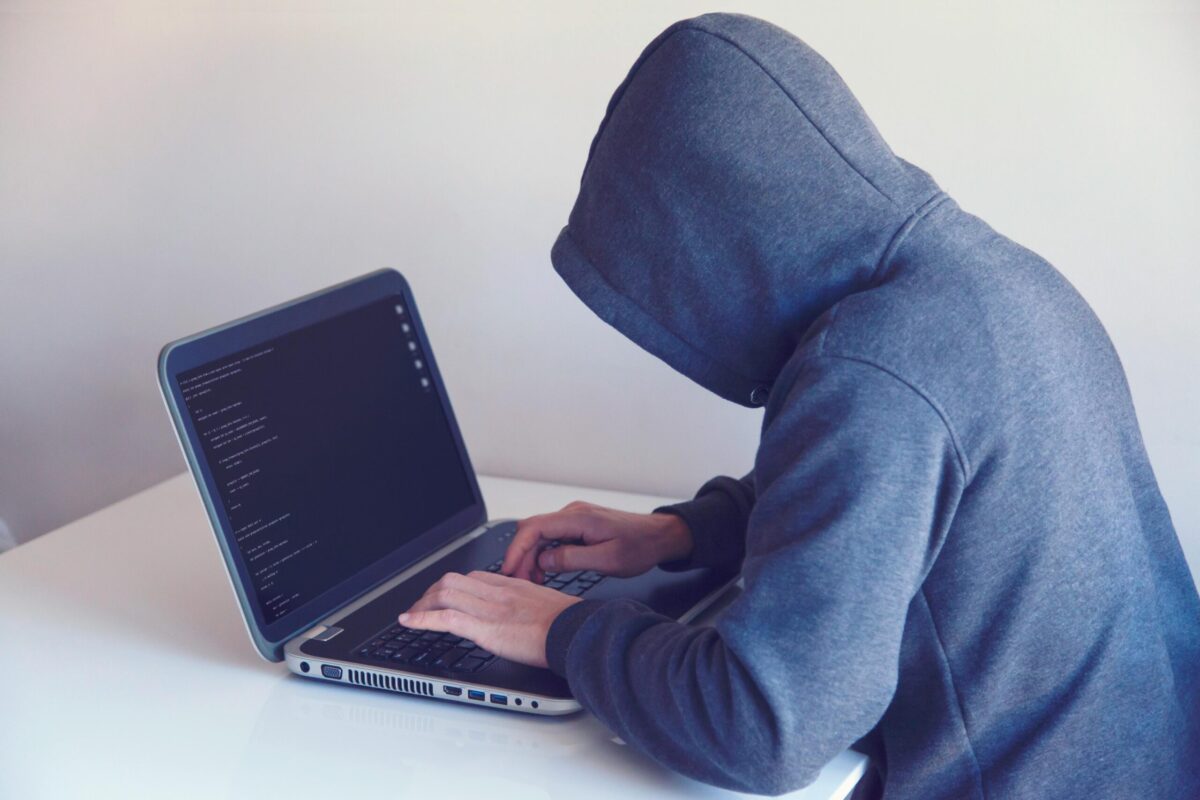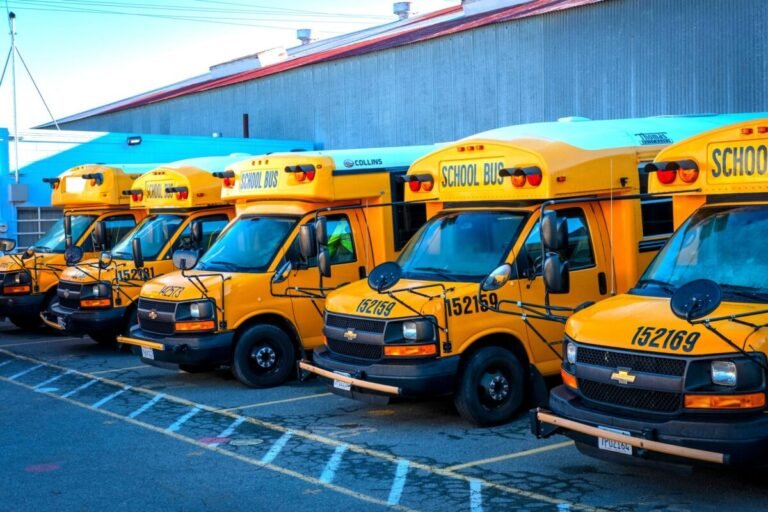In today’s digital age, schools face increasing threats from cyberattacks, data breaches, online fraud, and other cyber incidents. With the integration of technology into everyday learning and life, it’s no surprise that schools are becoming prime targets for cybercriminals. While advanced technology systems like firewalls and encryption offer technical protection, one of the most important defenses a school can have is its people. This key line of defense is known as a human firewall, and it plays a critical role in safeguarding sensitive student information, ensuring a safe online environment, and protecting the integrity of the school’s systems.
In this article, we will explain what a human firewall is, why it’s essential for K-12 schools, and how it can positively impact students and staff alike.
What is a Human Firewall?
A human firewall refers to the proactive role that individuals within an organization—whether teachers, staff, or students—play in preventing cyber threats. Unlike traditional firewalls, which are software-based systems designed to block unauthorized access to a network, a human firewall is built on education, awareness, and vigilance. Essentially, it involves equipping people with the knowledge and skills they need to recognize and respond to potential security threats, such as phishing emails, suspicious links, or unsafe websites.
Just like a physical firewall protects a building from unauthorized entry, a human firewall works by preventing individuals from unknowingly opening the door to cybercriminals; over 90% of cyber incidents involve some level of human error. When school staff are trained to identify these risks and take appropriate actions, they become the first line of defense in protecting the school’s digital infrastructure.
Why a Human Firewall is Needed in K-12 Schools
The importance of a human firewall in K-12 schools cannot be overstated. Schools store sensitive personal information, including student grades, medical records, and contact details, making them attractive targets for cybercriminals. Here are some reasons why a human firewall is critical for schools:
Increasing Cybersecurity Threats
Cyberattacks are becoming more sophisticated, and schools are particularly vulnerable due to their reliance on digital tools for teaching, administrative tasks, and communication. Phishing attacks, ransomware, and data breaches are common threats that exploit human error. For instance, a single click on a malicious link from a teacher or staff member could lead to the compromise of the entire school’s network. When everyone in the school community is trained to identify potential threats, the risk of these attacks decreases significantly.
Protection of Sensitive Data
Schools handle a large amount of personal data about students, parents, and staff. In the wrong hands, this information can be misused or sold. A human firewall helps protect this sensitive data by ensuring that individuals are careful about sharing information, clicking on links, or engaging with suspicious emails. When everyone in the school is aware of how to safeguard information, the likelihood of a data breach drops dramatically.
Building a Culture of Security Awareness
A strong human firewall in schools isn’t just about preventing attacks; it’s also about fostering a culture of cybersecurity awareness. By regularly educating staff and students on how to identify phishing attempts, avoid unsafe websites, and protect their devices, schools can create an environment where cybersecurity is top of mind. This ongoing education helps ensure that the entire school community is vigilant and prepared to handle potential threats, making the school less likely to become a target.
Cost-Effective Defense
While firewalls, endpoint detection tools, and antivirus software are crucial components of a school’s digital security infrastructure, they can only do so much. A human firewall is a cost-effective way to strengthen security without the need for expensive upgrades or complex systems. By focusing on human behavior, schools can reduce the likelihood of costly security breaches that result from simple mistakes or lack of awareness.
How to Cultivate Human Firewalls within Your School
Creating human firewalls within your school requires a combination of training, awareness, and continuous reinforcement. Here are some steps to take:
Educate Staff and Students
The first step in building human firewalls is education. Regularly train staff and students on the basics of cybersecurity, including recognizing phishing emails, avoiding suspicious links, and understanding the importance of strong passwords. This training should be part of ongoing professional development for staff and incorporated into the student curriculum as well.
Encourage Safe Online Practices
Promote safe online behaviors, such as avoiding public Wi-Fi for sensitive tasks, regularly updating passwords, and using multi-factor authentication. Encourage staff to report suspicious activities or emails, and make sure they know how to report potential security threats within the school’s systems.
Simulate Cybersecurity Threats
One effective way to prepare staff and students for real-world cyber threats is by conducting simulated phishing attacks or security drills. These mock exercises can help individuals recognize what a phishing email looks like and understand how to respond correctly. Regular drills can reinforce good security practices and help identify areas where additional training is needed.
Create Clear Reporting Channels
Ensure that everyone in the school knows how to report a potential security threat. Establish clear, easy-to-follow procedures for reporting suspicious activity, whether it’s a strange email, a compromised password, or a strange device on the network. Quick reporting can often prevent a minor threat from escalating into a major security issue.
In Closing
A human firewall is a vital component of a school’s cybersecurity strategy. As technology continues to play a central role in K-12 schools, it’s more important than ever to ensure that staff and students understand the risks of cyber threats and are equipped to prevent them. By building a culture of security awareness, providing ongoing training, and encouraging safe online practices, schools can create a strong defense against potential cyberattacks. The strength of a school’s line of human firewalls will directly impact its ability to protect sensitive data, ensure the safety of students, and maintain a secure digital learning environment.
In the end, everyone—staff, students, and parents—plays a role in keeping the school’s digital space secure.









